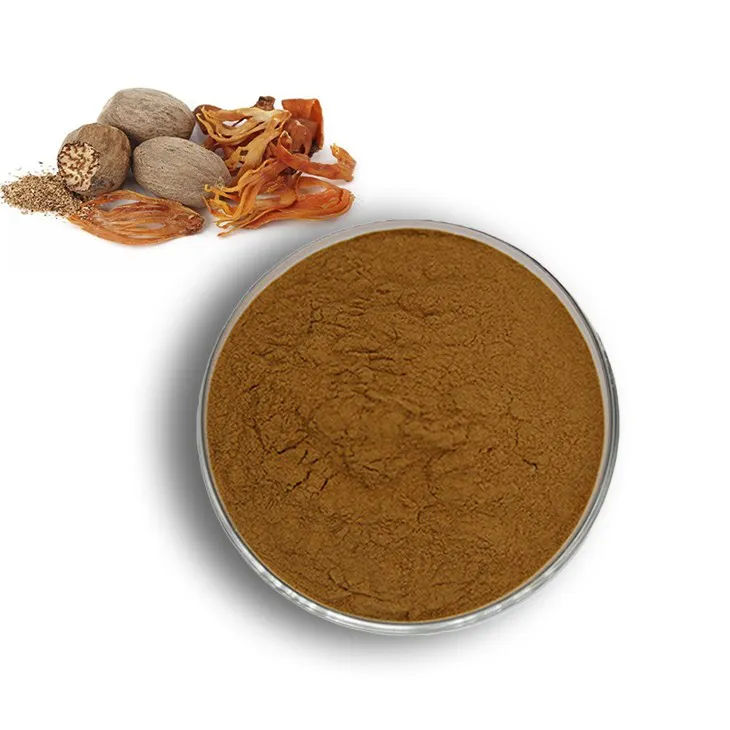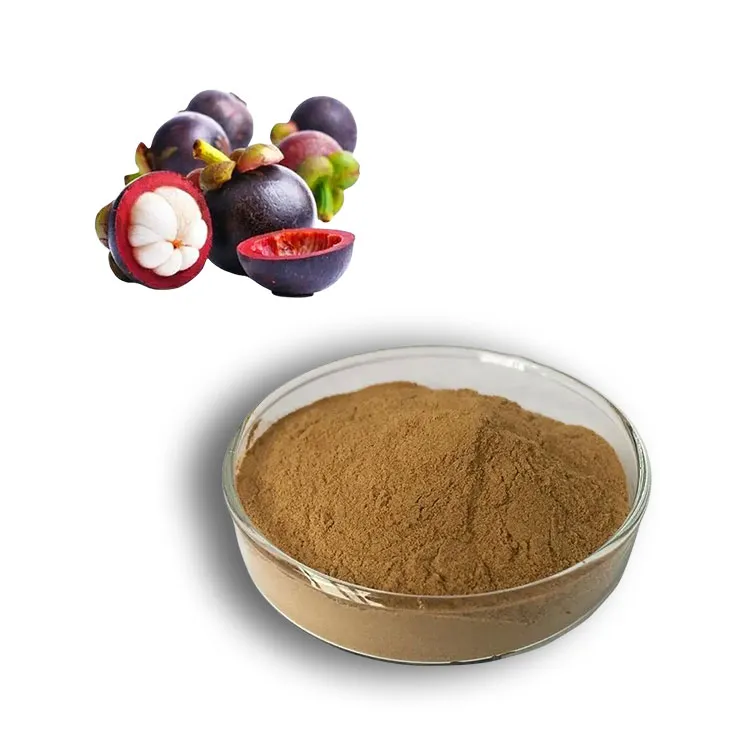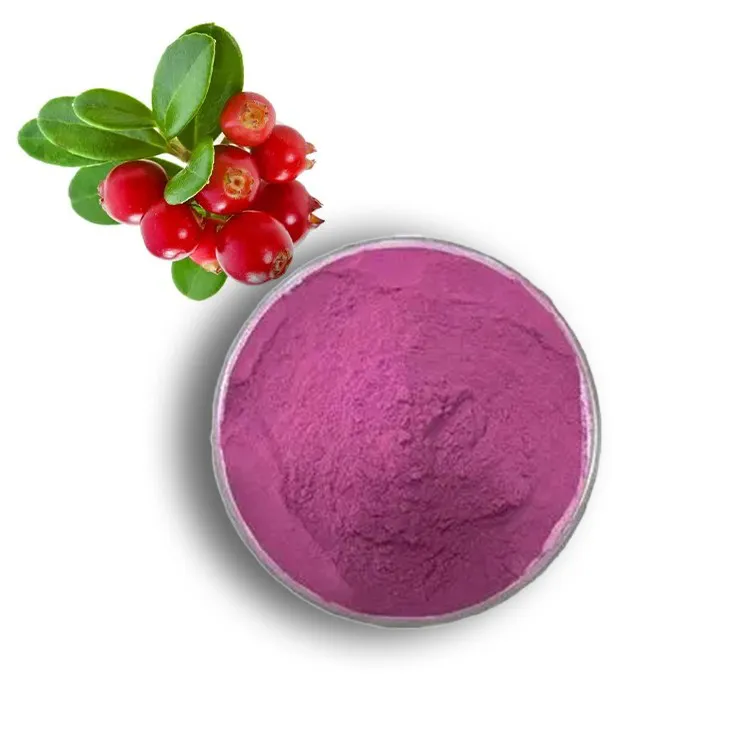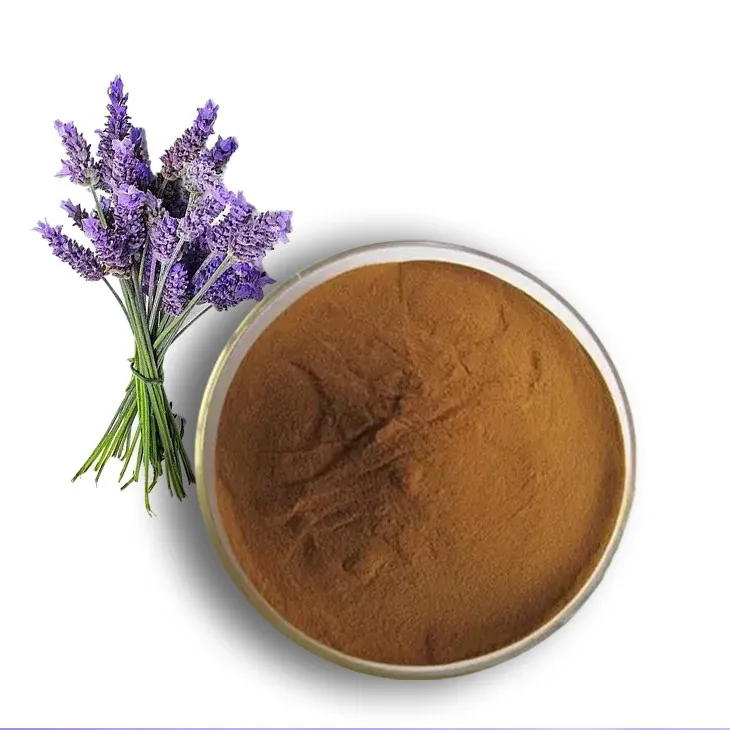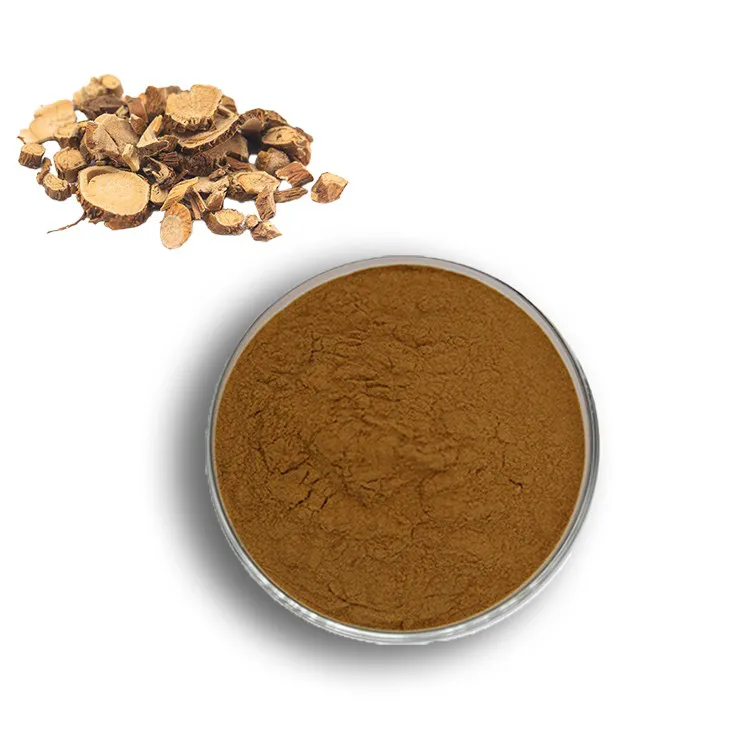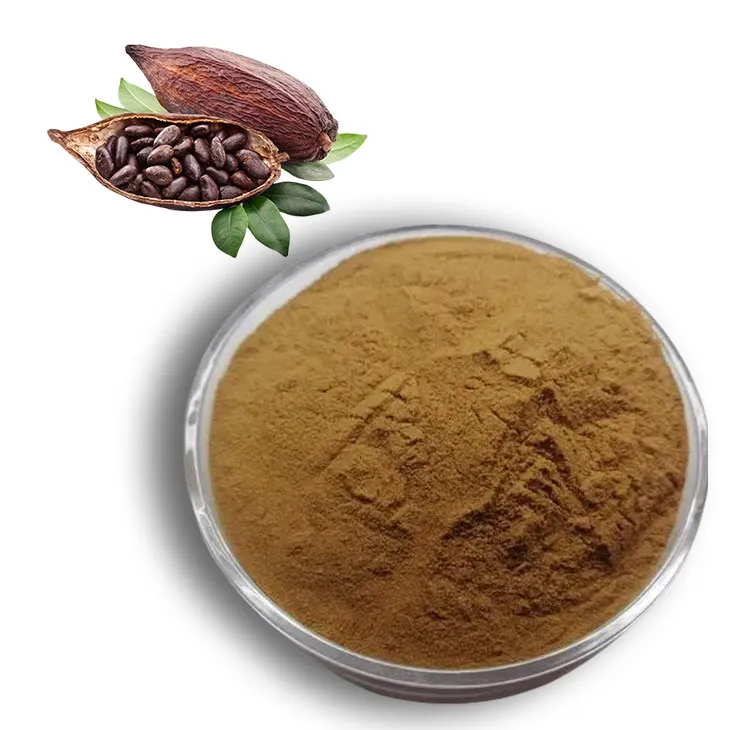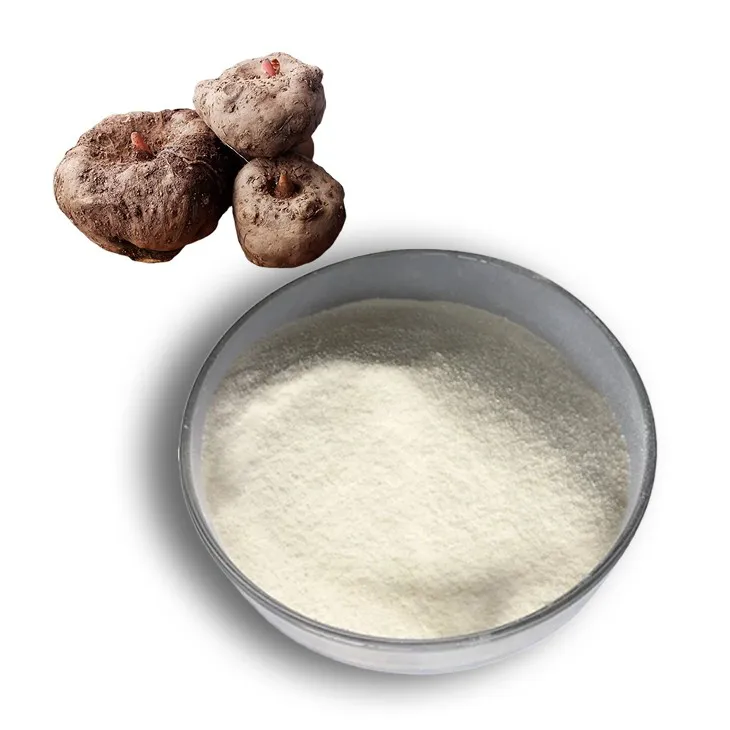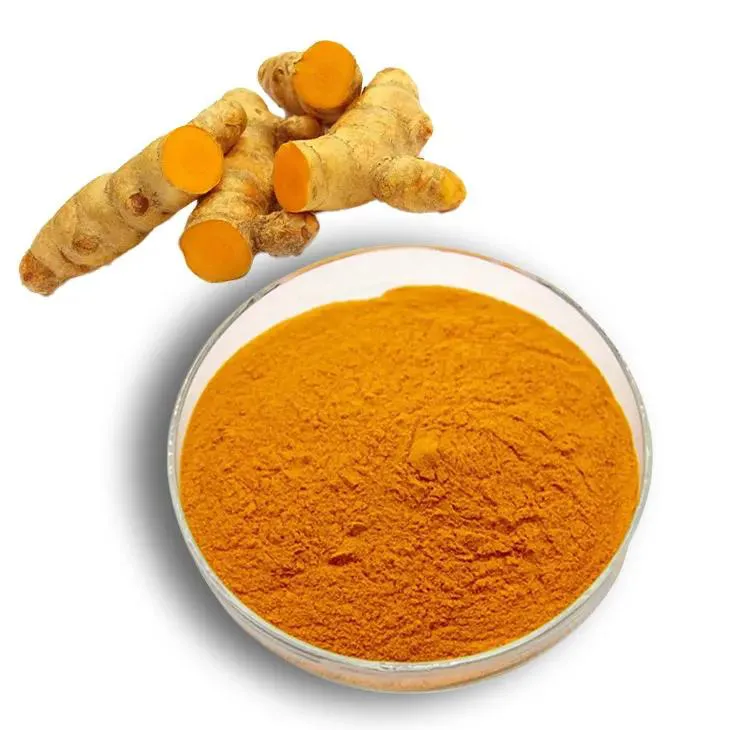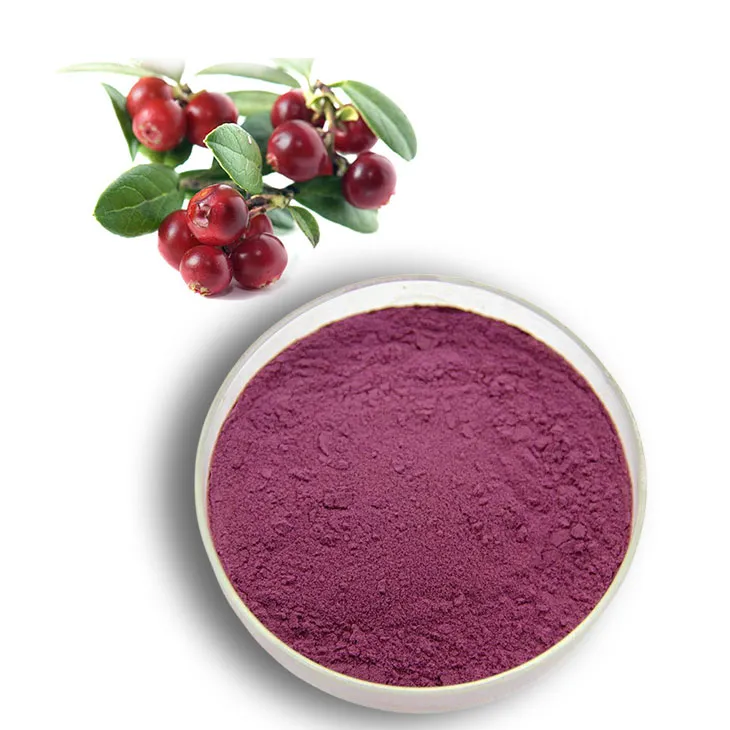- 0086-571-85302990
- sales@greenskybio.com
The Future of Angelica sinensis: A Look at Its Potential and Challenges Ahead
2024-07-03
1. Introduction
Angelica sinensis, also known as Dong Quai, is a well - known plant in traditional Chinese medicine. It has been used for centuries to treat various ailments, including menstrual disorders, anemia, and cardiovascular problems. In recent years, the interest in Angelica sinensis has expanded beyond traditional medicine, and it is now being explored for its potential in modern pharmaceuticals, cosmetics, and the food industry. However, like many natural products, it also faces several challenges that need to be addressed for its full potential to be realized.
2. Potential in Different Industries
2.1 Pharmaceuticals
Pharmacological Properties: Angelica sinensis contains a variety of bioactive compounds, such as ferulic acid, ligustilide, and polysaccharides. These compounds have shown potential in treating a range of diseases. For example, ferulic acid has antioxidant and anti - inflammatory properties, which may be beneficial in the treatment of neurodegenerative diseases like Alzheimer's. Ligustilide has been studied for its effects on the cardiovascular system, showing potential in reducing blood pressure and improving blood circulation. The polysaccharides in Angelica sinensis may have immunomodulatory effects, which could be useful in enhancing the immune system in cancer patients undergoing chemotherapy.
Drug Development: The bioactive compounds in Angelica sinensis could serve as lead compounds for the development of new drugs. Pharmaceutical companies are increasingly interested in natural products as sources of new drugs, due to their complex chemical structures and diverse biological activities. Angelica sinensis could potentially provide new drug candidates for the treatment of various diseases, especially those related to inflammation, immunity, and the cardiovascular system.
2.2 Cosmetics
Skin Benefits: In the cosmetics industry, Angelica sinensis is attracting attention for its potential skin - enhancing properties. The antioxidant properties of its compounds can help protect the skin from oxidative stress caused by environmental factors such as UV radiation and pollution. This can lead to a reduction in premature aging, including the appearance of wrinkles and fine lines. Additionally, its anti - inflammatory properties may be beneficial for treating skin conditions such as acne and eczema.
Product Development: Cosmetic companies are incorporating Angelica sinensis extracts into various products, such as creams, serums, and masks. These products are marketed as natural and effective solutions for skin health. The use of Angelica sinensis in cosmetics also appeals to consumers who are increasingly interested in natural and plant - based ingredients.
2.3 Food Industry
Nutritional Value: Angelica sinensis is rich in vitamins, minerals, and other nutrients. It can be used as a functional food ingredient to enhance the nutritional value of food products. For example, it could be added to dietary supplements, energy bars, or health drinks. The polysaccharides in Angelica sinensis may also act as prebiotics, promoting the growth of beneficial gut bacteria.
Flavor and Aroma: In addition to its nutritional benefits, Angelica sinensis has a unique flavor and aroma. It can be used to add a distinctive taste to food products, such as in the production of herbal teas, soups, and seasonings.
3. Challenges Ahead
3.1 Environmental Impact on Cultivation
Habitat Loss: The increasing demand for Angelica sinensis has led to an expansion of its cultivation areas. However, this has also resulted in habitat loss for native plants and animals in some regions. For example, in areas where wild Angelica sinensis is harvested, over - harvesting can lead to the degradation of natural habitats. This not only affects the biodiversity of the area but also may disrupt the ecological balance.
Soil Degradation: Intensive cultivation of Angelica sinensis can also cause soil degradation. Continuous monoculture can deplete soil nutrients, increase soil erosion, and reduce soil fertility. This can lead to a decline in the quality and yield of Angelica sinensis crops over time.
Water Consumption: Angelica sinensis cultivation requires a significant amount of water. In some regions with water shortages, the large - scale cultivation of this plant can put additional pressure on water resources. This may lead to water scarcity issues for local communities and ecosystems.
3.2 International Regulatory Challenges
Quality Control Standards: Different countries have different quality control standards for herbal products containing Angelica sinensis. In some countries, there are strict regulations regarding the purity, potency, and safety of these products. Ensuring compliance with these diverse standards can be a challenge for producers who wish to export Angelica sinensis - based products. For example, the European Union has specific regulations for herbal medicines, which require extensive testing and documentation.
Intellectual Property Rights: Protecting intellectual property rights related to Angelica sinensis - based products can also be difficult. Traditional knowledge about the use of Angelica sinensis has been passed down for generations in some cultures. However, when it comes to modern product development, there may be disputes over who has the right to use and profit from this traditional knowledge. For example, pharmaceutical companies may develop new drugs based on Angelica sinensis compounds, but there may be issues regarding the rights of traditional medicine practitioners and local communities.
Market Access Barriers: Some countries may impose trade barriers or restrictions on the import of Angelica sinensis - based products. These can include tariffs, quotas, or strict import requirements. These barriers can limit the market access of producers and exporters, reducing the potential economic benefits of Angelica sinensis - based industries.
4. Strategies to Overcome Challenges
4.1 Sustainable Cultivation Practices
Agroforestry and Intercropping: One strategy to address the environmental impact of Angelica sinensis cultivation is to adopt agroforestry or intercropping systems. By planting Angelica sinensis together with other plants, such as trees or legumes, it is possible to improve soil fertility, reduce soil erosion, and enhance biodiversity. For example, legumes can fix nitrogen in the soil, providing a natural source of nutrients for Angelica sinensis.
Irrigation Management: To address water consumption issues, improved irrigation management techniques can be implemented. This can include the use of drip irrigation systems, which can reduce water wastage by delivering water directly to the plant roots. Additionally, rainwater harvesting systems can be installed to supplement irrigation water during dry periods.
4.2 Harmonization of Regulatory Standards
International Cooperation: International cooperation is essential for harmonizing regulatory standards for Angelica sinensis - based products. Countries can work together to develop common quality control standards, which can simplify the export and import process for producers. For example, through international organizations such as the World Health Organization (WHO), countries can collaborate on developing guidelines for the safety and efficacy of herbal products.
Traditional Knowledge Protection and Benefit - Sharing: To address intellectual property rights issues, mechanisms for protecting traditional knowledge and ensuring benefit - sharing need to be established. This can include the development of traditional knowledge databases, which can document the traditional uses of Angelica sinensis. Additionally, benefit - sharing agreements can be negotiated between traditional medicine practitioners, local communities, and product developers, to ensure that all parties receive a fair share of the economic benefits.
4.3 Market Development and Promotion
Product Differentiation: To overcome market access barriers, producers can focus on product differentiation. By developing unique Angelica sinensis - based products with added value, such as patented formulations or high - quality extracts, they can attract more customers and gain a competitive edge in the market. For example, a company could develop a high - potency Angelica sinensis extract for use in a specialized dietary supplement.
Consumer Education: Educating consumers about the benefits of Angelica sinensis - based products can also help to increase market demand. This can be done through marketing campaigns, product demonstrations, and educational materials. For example, a cosmetics company could provide information about the skin - enhancing properties of Angelica sinensis in its product brochures and on its website.
5. Conclusion
Angelica sinensis has significant potential in various industries, including pharmaceuticals, cosmetics, and the food industry. However, it also faces several challenges, such as environmental impact on cultivation and international regulatory issues. By implementing sustainable cultivation practices, harmonizing regulatory standards, and developing effective market strategies, it is possible to overcome these challenges and realize the full potential of Angelica sinensis. With continued research and development, Angelica sinensis could become an important natural resource for improving human health and well - being in the future.
FAQ:
What are the potential applications of Angelica sinensis in the pharmaceutical industry?
Angelica sinensis contains various bioactive compounds. It may be used in developing new drugs for treating conditions like menstrual disorders, anemia, and some cardiovascular problems. Its anti - inflammatory and antioxidant properties also make it a potential candidate for drugs targeting these aspects.
How can Angelica sinensis be used in the natural products industry?
In the natural products industry, Angelica sinensis can be used in the production of dietary supplements. It can be formulated into products aimed at promoting women's health, improving blood circulation, and enhancing general well - being. It may also be used in the production of herbal teas and other natural remedies.
What environmental impacts affect the cultivation of Angelica sinensis?
Climate change can affect the growth conditions of Angelica sinensis. Unusual weather patterns such as droughts or excessive rainfall can impact the yield and quality of the plant. Also, improper agricultural practices like over - use of pesticides and fertilizers can lead to soil degradation and water pollution, which in turn can harm the cultivation of Angelica sinensis.
What international regulatory challenges does Angelica sinensis face?
Different countries have different regulations regarding the use and marketing of Angelica sinensis. Some countries may have strict requirements on its safety and efficacy testing before it can be sold as a drug or supplement. There may also be regulations regarding its import and export, including issues related to quality control and documentation.
How can the potential of Angelica sinensis be maximized?
To maximize the potential of Angelica sinensis, more research is needed to fully understand its chemical composition and biological activities. This will help in the development of more effective drugs and natural products. Also, sustainable cultivation practices should be promoted to ensure a stable supply. Additionally, efforts should be made to address the international regulatory challenges through communication and standardization.
Related literature
- The Pharmacological Properties of Angelica sinensis"
- "Cultivation of Angelica sinensis: Environmental Considerations"
- "International Regulations on Herbal Medicines: The Case of Angelica sinensis"
- ▶ Hesperidin
- ▶ citrus bioflavonoids
- ▶ plant extract
- ▶ lycopene
- ▶ Diosmin
- ▶ Grape seed extract
- ▶ Sea buckthorn Juice Powder
- ▶ Beetroot powder
- ▶ Hops Extract
- ▶ Artichoke Extract
- ▶ Reishi mushroom extract
- ▶ Astaxanthin
- ▶ Green Tea Extract
- ▶ Curcumin Extract
- ▶ Horse Chestnut Extract
- ▶ Other Problems
- ▶ Boswellia Serrata Extract
- ▶ Resveratrol Extract
- ▶ Marigold Extract
- ▶ Grape Leaf Extract
- ▶ blog3
- ▶ Aminolevulinic acid
- ▶ Cranberry Extract
- ▶ Red Yeast Rice
- ▶ Red Wine Extract
-
Nutmeg Extract
2024-07-03
-
Mangosteen extract powder
2024-07-03
-
Europen Bilberry Extract
2024-07-03
-
Lavender Extract
2024-07-03
-
Sophora Flavescens Root Extract
2024-07-03
-
Cocoa Extract
2024-07-03
-
Konjac Powder
2024-07-03
-
Cranberry Extract
2024-07-03
-
Curcuma Longa Extract
2024-07-03
-
Bilberry Extract
2024-07-03











